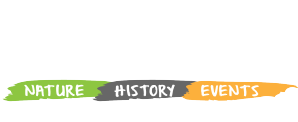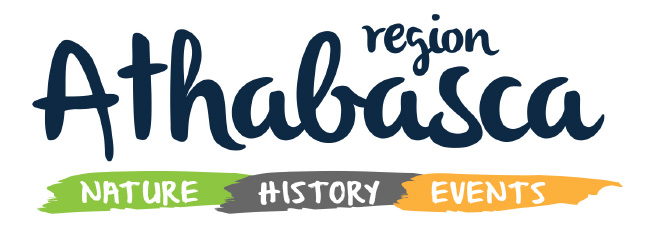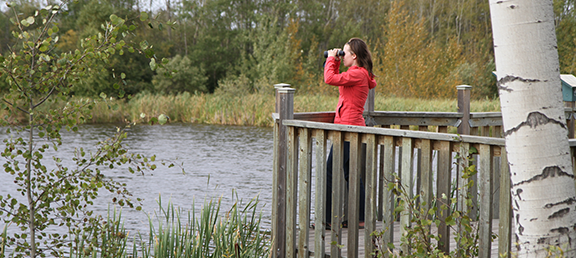Where to bird watch
If you’re interested in following the flight of our feathered friends, several birdwatching stations within the Athabasca region can help you out:
- Boyle Fish Pond
- Island Lake
- Baptiste Lake
- Hope Lake
- Narrow Lake
- North Buck Lake
- Skeleton Lake
- Tawatinaw Valley (south of Perryvale)
- Muskeg Creek Park
Birds of the Athabasca Region
The Athabasca Region is located in the mixed wood Boreal forest. Besides the upland and lowland forests, significant physical features include shrubland, the Athabasca River, creeks and lakes, and clearings caused by agricultural and forestry activities, and fire. Settlements also contribute to the mosaic.
The characteristic forest vegetation is a mixture of aspen and balsam poplar, with white spruce, jack pine, some birches and balsam fir. Shrubby vegetation includes willows, alder, pincherry, saskatoon, and hazelnut. The diverse understory includes low-bush cranberry, red-osier dogwood, prickly rose, dewberry, peavine, and twinflower. Mosses and ferns are found in the coniferous forests, while lichens, bearberry, bog cranberry, and low bilberry are common in the dry sandy-soiled forests. Black spruce and tamarack grow among Labrador tea in acidic peatlands.
Birds of the Athabasca Region is a general guide to birds you may see in the area. The 222 species listed are from sightings by local residents and naturalists, and studies conducted in the area.
Depending on the season, you can see the birds that live here year-round, birds that breed and nest here, or birds that pass through during migration. Distribution and abundance of species vary in some years.
To view a copy of Birds of the Athabasca Region, click here.
Our thanks to Science Outreach – Athabasca for this information. To view their upcoming events, visit their website or check our events calendar.


